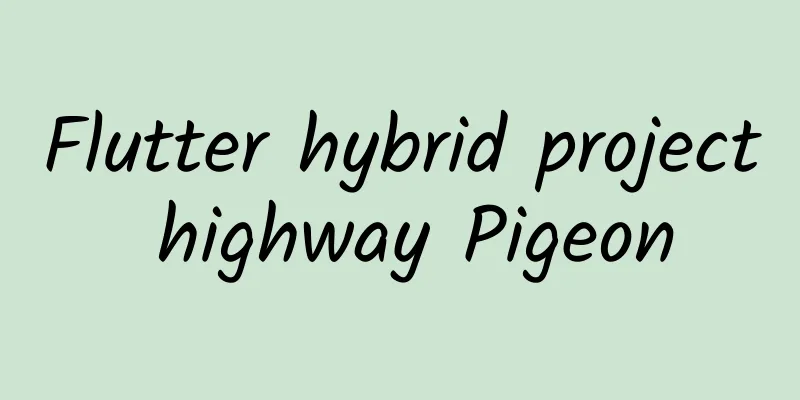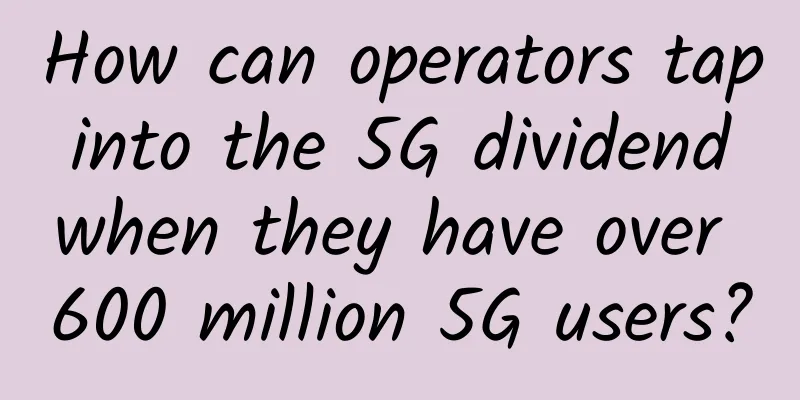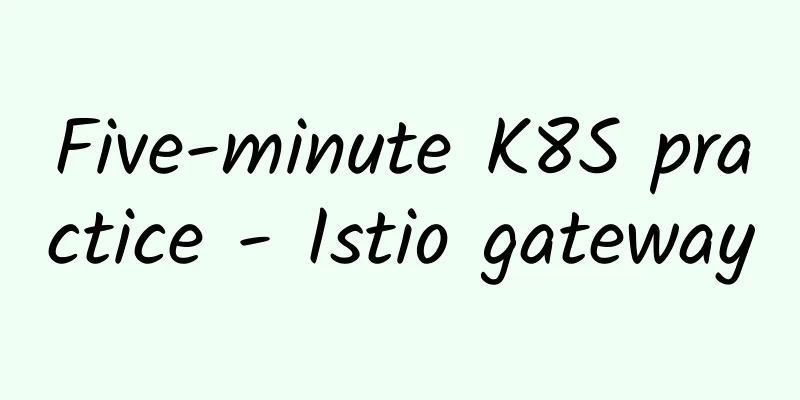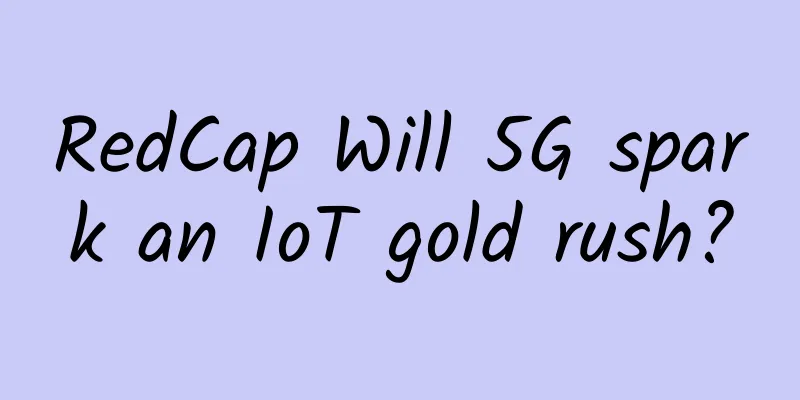Flutter hybrid project highway Pigeon

|
Earlier, we mentioned that Flutter uses BasicMessageChannel for native communication, which completely implements interface decoupling and communicates through protocols. However, one problem is that multiple terminals need to maintain a set of protocol specifications, which will inevitably lead to communication costs during collaborative development. Therefore, Flutter officially provides a solution such as Pigeon. Pigeon exists to solve the development cost of multi-terminal communication. Its core principle is to generate multi-terminal codes through a set of protocols, so that multiple terminals only need to maintain a set of protocols, and other codes can be automatically generated by Pigeon, thus ensuring the unification of multiple terminals. The official documentation is as follows. https://pub.flutter-io.cn/packages/pigeon/install IntroductionFirst, you need to introduce Pigeon in dev_dependencies: dev_dependencies : Next, create a .dart file in the same directory as the Flutter lib folder, such as schema.dart, which is the communication protocol file. For example, we need to unify an entity across multiple terminals: Book, as shown below. import 'package:pigeon/pigeon.dart' ; This is our protocol file, where @HostApi represents the method of calling the native side from the Flutter side. If it is @FlutterApi, it represents the method of calling Flutter from the native side. generateExecute the following instructions to let Pigeon generate the corresponding code according to the protocol. The following configurations need to specify some file directories and package names and other information. We can save it to a sh file, so after updating, we only need to execute this sh file. flutter pub run pigeon \ The important thing here is to import the schema.dart file as the protocol and then specify the output path of the Dart, iOS, and Android code. Under normal circumstances, the generated code can be used directly. The code generated by Pigeon is Java and OC, mainly to be compatible with more projects. You can convert it to Kotlin or Swift. Using the above example, let's see how to perform cross-end communication based on the code generated by Pigeon. First, in the Android code, an interface with the same protocol name, NativeBookApi, will be generated, corresponding to the protocol name marked by the HostApi annotation above. In the inherited class of FlutterActivity, create an implementation class of this interface. private class NativeBookApiImp ( val context : Context ) : Api .NativeBookApi { By the way, the engine is created using FlutterEngineGroup. If it is created in other ways, you can get the engine object in different ways. class SingleFlutterActivity : FlutterActivity ( ) { The core method to initialize Pigeon is the setup method in NativeBookApi, which passes in the engine and protocol implementation. Next, let's see how to call this method in Flutter. Before Pigeon, we used Channel to create a String type protocol name to communicate. Now with Pigeon, these error-prone Strings are hidden and all become normal method calls. In Flutter, Pigeon automatically creates the NativeBookApi class instead of the interface in Android, and generates the methods defined in the protocols such as getNativeBookSearch and doMethodCall in the class. List < Book? > list = await api .getNativeBookSearch ( "xxx" ) ; It is very convenient to call it through await. It can be seen that after encapsulation through Pigeon, cross-end communication is completely encapsulated by the protocol, and various String processing is also hidden, which further reduces the possibility of manual errors. optimizationIn actual use, Flutter calls native methods to obtain data, and the native side processes the data and returns it to Flutter. Therefore, in the Android code generated by Pigeon, the implementation of the protocol function is a method with a return value, as shown below. override fun getNativeBookSearch ( keyword : String? ) : MutableList < Api .Book > { There is nothing wrong with this method itself. If it is a network request, you can use OKHttp's success and fail callbacks to handle it, but what if you want to use a coroutine? Since coroutines break callbacks, they cannot be used in functions generated by Pigeon. At this time, you need to modify the protocol and add an @async annotation to the method to mark it as an asynchronous function. We modify the protocol and regenerate the code. @HostApi ( ) At this time, you will find that in the implementation function of NativeBookApi, the function with return value has become void, and a result variable is provided to handle the transfer of return value. override fun getNativeBookSearch ( keyword : String? , result : Api .Result < MutableList < Api .Book >> ? ) This makes it very simple to use. Just plug the return value back through result. With this method, we can use Pigeon and coroutines together, and the development experience will be instantly improved. private class NativeBookApiImp ( val context : Context , val lifecycleScope : LifecycleCoroutineScope ) : Api .NativeBookApi { Coroutine+Pigeon YYDS. Here we only introduce the scenario of Flutter calling Android. In fact, Android calling Flutter just changes the direction. The codes are similar, so I won’t go into details here. What about iOS? - I wrote Flutter, what does it have to do with iOS? DisassemblyNow that we know how to use Pigeon, let’s take a look at what this “pigeon” actually does. From a macro perspective, whether it is the Dart side or the Android side, three types of things are generated.
In Dart, the data entity will automatically generate encoding and decoding codes for you, so that the data you obtain is no longer the Object type in the Channel, but the type defined in the protocol, which greatly facilitates developers. class Book { In Android, similar operations are performed, which can be understood as translation into Java. Below is Codec. StandardMessageCodec is the standard codec of BasicMessageChannel. The transmitted data needs to implement its writeValue and readValueOfType methods. class _NativeBookApiCodec extends StandardMessageCodec { Similarly, the Dart and Android codes are almost the same and easy to understand. After all, they are a set of protocols and the rules are the same. The following is the core of Pigeon. Let's see how the specific protocol is implemented. First, let's see how it is implemented in Dart. Since we call the code in Android from Flutter, according to the principle of Channel, we need to declare a Channel in Dart and process the data it returns. If you are familiar with the use of Channel, then this code should be relatively clear. Let's take a look at the implementation in Android. Android is the event handler, so it needs to implement the specific content of the protocol. This is the interface we implemented earlier. In addition, setMessageHandler needs to be added to handle the specific protocol. The interesting part here is the encapsulation of the Reply class. public interface Result < T > { As we said before, in Pigeon, asynchronous interfaces can be generated through @async. The implementation of this asynchronous interface is actually handled here. Seeing this, you should almost understand how Pigeon works. To put it bluntly, it actually generates these codes through build_runner, doing all the dirty work by itself. What we see is actually the implementation and call of specific protocol classes. Off topicSo, Pigeon is not something very advanced, but it is a very important idea of Flutter mixing, or a guiding ideology of the Flutter team, which is to generate relevant code through "protocols" and "templates". Similar examples include JSON parsing, which is actually the case. To say a little more, can the decoupling and modular operation between Android modules actually be handled in this way? Therefore, the simplest way leads to the same destination. In the end, the ideas in software engineering are actually similar. Everything changes, but ideas are eternal. |
<<: Exclusive reveal! How 5G can help secure large-scale events
>>: Let’s talk about how IP addresses are allocated?
Recommend
What are public IP and private IP? What is NAT conversion?
1. Introduction Programmers who develop network c...
Huawei releases the OptiXstar Gigabit Smart Optical Modem flagship product, opening up the Wi-Fi 6 home arena!
[51CTO.com original article] On March 30, Huawei ...
How the Network Supports Zero Trust
[[354213]] Building a zero-trust architecture typ...
Google says TCP congestion control algorithm BBRv3 performs well and will be submitted to the Linux kernel mainline this month
BBR (Bottleneck Bandwidth and Round-trip propagat...
HostKvm April Promotion: 20% off on all VPS hosts, starting from $5.2/month in Hong Kong/Los Angeles data centers
HostKvm is a foreign hosting service provider fou...
How do you know if you are suitable for Wi-Fi 6 when it is about to be widely adopted?
Last year, the Wi-Fi Alliance broke the "rul...
Ruijie Networks presents its intelligent computing center network solution at the 2024 General Artificial Intelligence Computing Forum
Yesterday, the highly anticipated 2024 General Ar...
5G is "close" to us, how far is it from you? The Ministry of Industry and Information Technology gives the answer
How long will it take for 5G to become popular? R...
Japanese media: Industry insiders say it will take several years for Japan to achieve 5G nationwide coverage
According to a report by Japan's Jiji Press o...
Overview of the Latest Data Center Network Architecture Technologies
The network is the most important part of the dat...
Does the cloud-native 5G core network need a DPU?
In 2022, the number of 5G connections worldwide w...
How to build a secure HTTPS site step by step
[[261093]] Usually a web site opens HTTPS. Taking...
Under the dual system of security and safety protection, Ruishu Dynamic Security Hyper-convergence helps enterprises implement "three transformations and six defenses"
In order to further strengthen the security of my...
Cloud Base: Los Angeles CN2 GIA high-defense server, 50-500Gbps defense/ignore CC, fast listing
Yunbase is a Chinese hosting company. The domain ...
Cisco's "World Internet of Things Day" special event brings Internet of Things education to Beichuan
On the occasion of the first "World Internet...









